The 1983 Stephen King adaptation Christine saw director John Carpenter somehow make the premise of a killer car scary, and the horror movie’s ending proves that this story still holds up. The 1983 chiller Christine had a potentially silly premise in its story of a bullied teenager who wreaks violent vengeance on his tormentors via a cursed car. However, director John Carpenter’s adaptation of Christine managed to make this story scary, sad, and emotionally impactful as Arnie grew obsessed with his car Christine while Christine tore a bloody swathe through anyone who came between them. Arnie’s obsession gradually drove him away from his friends and family and toward a grisly end.
Although Hollywood rarely gets Stephen King adaptations right, sometimes, the movie industry can successfully capture the balance between camp and genuine horror found in the author’s work. Stephen King is a legendary horror author, but the writer’s prolific output has sometimes led critics and even fans to accuse him of phoning in some of his lesser villains. Since some of King’s stories involve cursed fingers, haunted toy monkeys, and killer oil spills, this isn’t an unfair allegation. However, the author does have a knack for somehow making even seemingly silly horror premises work thanks to his engaging characters, and the ending of Christine proves it.

Related
All 66 Stephen King Books Ranked From Worst To Best
Over the course of his literary career, Stephen King has crafted 66 novels and over 200 short stories, but how do his books rank against one another?
How Arnie Dies In Christine’s Ending
Arnie Gets Thrown Through The Windshield
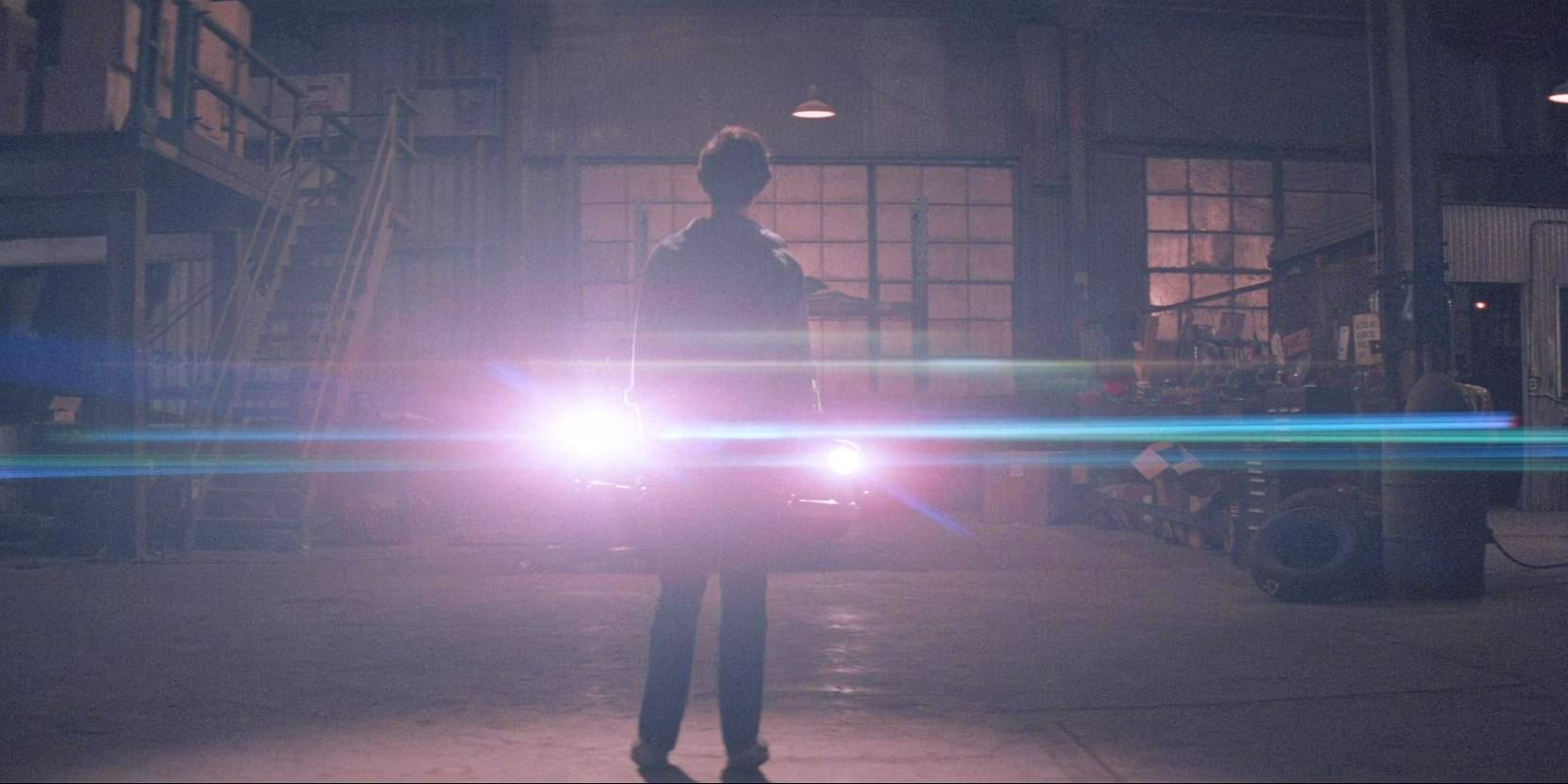
In Christine’s movie ending, Arnie goes down with his beloved car. He is thrown through the windshield as Christine tries to run over his love interest Leigh. In a moment referenced by Halloween Ends years later, Arnie tries to stop his ex-girlfriend Leigh and former friend Dennis from destroying Christine by any means necessary. In the process, Christine crashes into Leigh and tosses Arnie through its windshield, killing him when he is impaled on shards of glass. This death proved so memorable that 2013’s Carrie remake used the same image to kill off its main villain, the odious bully Chris.
In King’s novel version of Christine, Arnie dies while trying to resist possession by Christine’s former owner, a serial killer. His last acts see him return to his old self as he tries to help Leigh and Dennis destroy the car, but this was jettisoned in Carpenter’s movie adaptation. Like Jack Torrance in Kubrick’s version of The Shining, Carpenter’s version of the King antihero doesn’t get any last-minute moment of redemption. Instead, Arnie sides with Christine until the bitter end, even using his last ounce of strength to reach out and touch the car’s bonnet as he dies. This proves that Arnie wasn’t as innocent as he seemed.
The Car Is Still Alive in Christine’s Ending
The Heroes Fail To Destroy The Demonic Vehicle
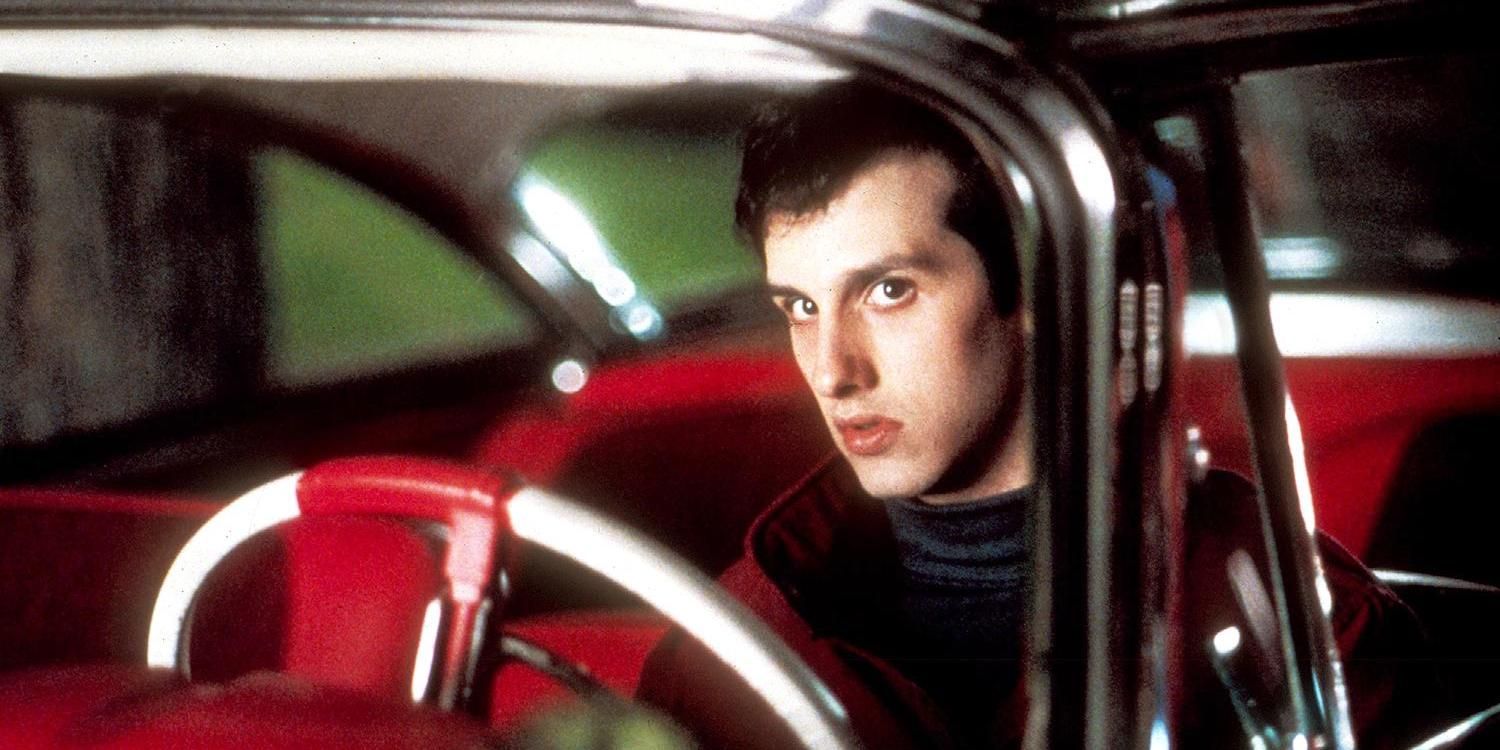
Christine doesn’t care about Arnie as much as he values his car. The car continues trying to kill Leigh and Dennis after his death, only stopping when the pair manage to corner the vehicle and drive over it with a bulldozer. As if that weren't enough, Leigh and Dennis then double down by bringing Christine’s remains to the junkyard the next day and crushing them into a cube. Despite all of this effort, the duo is still unsettled to hear the ‘50s rock and roll tunes that signaled Christine’s approach start playing in the junkyard.
Although the ‘50s rock music is just coming from a nearby boombox, the car’s grille does twitch when Leigh and Dennis look away. Thus, viewers can be sure that whatever spirit possessed Christine isn’t quite finished yet. Producer Bryan Fuller’s upcoming Christine remake offers further proof that one can’t keep a killer car down as Carpenter’s murderous automobile is set to ride again. It is not yet clear whether this movie will be a direct remake or a continuation of the original, but Christine’s ending leaves the option of a sequel on the table, since the eponymous villain survives its brush with destruction.
Why Arnie Chose Christine Over Leigh and Dennis
The Possessed Car Alters His Personality
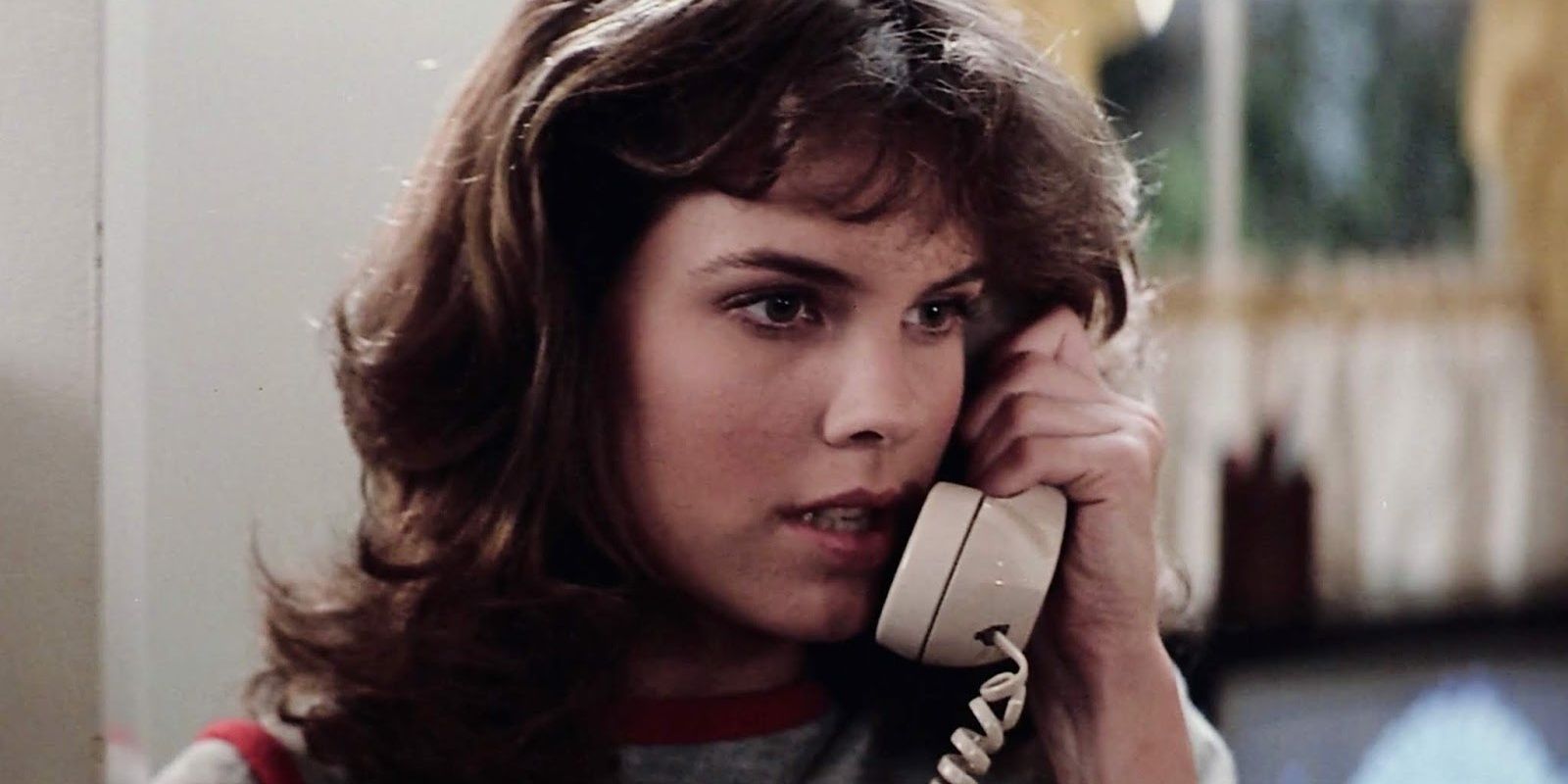
Arnie resented Dennis for his high school football success while he felt that Leigh only expressed interest in him after Christine changed his personality. He was seduced by the possessed car’s allure and, as a result, forgot who his human friends were. As a result, it wasn't too surprising when Arnie chose Christine over Leigh and Dennis in Christine’s ending. However, the fact that Stephen King’s killer car didn’t care when Arnie died implies that Christine itself never cared about its human owner. While Arnie saw himself and the car as a lethally effective murderous duo, Christine viewed him as a means to amend.
How Christine’s Ending Changes The Novel’s Climax
There Are Plenty Of Differences Between The Movie And The Book
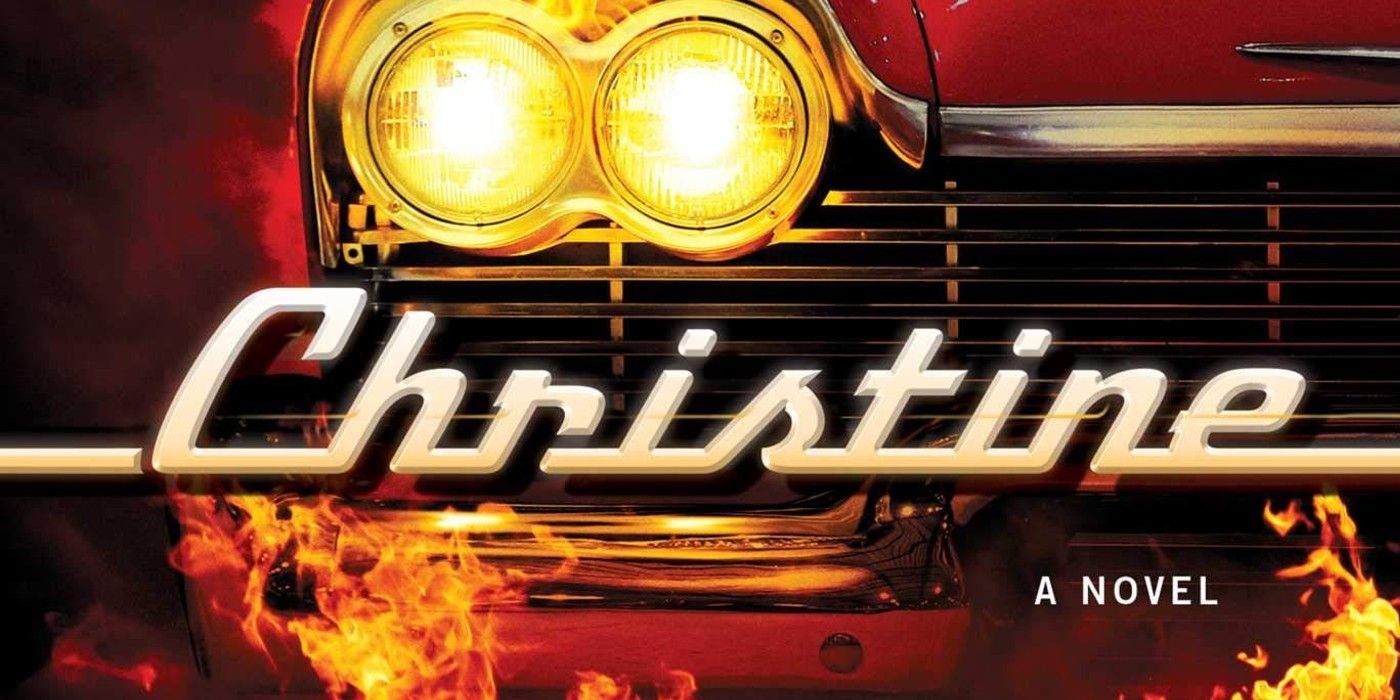
In the original book, Christine is destroyed during a fight with another seemingly sentient supernatural vehicle, Petunia the tanker truck. In the movie, the car is crushed with a normal crawler loader. Furthermore, Arnie’s parents are much worse in the novel, acting almost as abusively as his bullies. It is easy to see why this was excised from Christine’s movie adaptation since the story could have been too downbeat and grim if Arnie’s home life and school life were both a living Hell. While Christine is one of Carpenter’s best horror movies, this is largely because the adaptation tones down the source novel’s excesses.
Arnie’s parents aren’t particularly understanding or supportive in Christine’s movie adaptation, so it is easy to root for him against his bullies. If his parents and bullies were outright abusive, viewers probably wouldn’t make it to the movie’s third act where he wreaks violent vengeance on his tormentors via his possessed car. Carpenter’s movie needed to lighten up Arnie’s life story to make the plot less intensely bleak and the adaptation achieved this by dropping this dark subplot. Meanwhile, getting rid of goofier flourishes like the paranormal truck Petunia also ensured that Christine never felt too laughable, allowing Carpenter to find a perfect balance between camp and scares.
What Christine’s Ending Really Means
The Subtext Is A Tale Of The Follies Of Adolescence
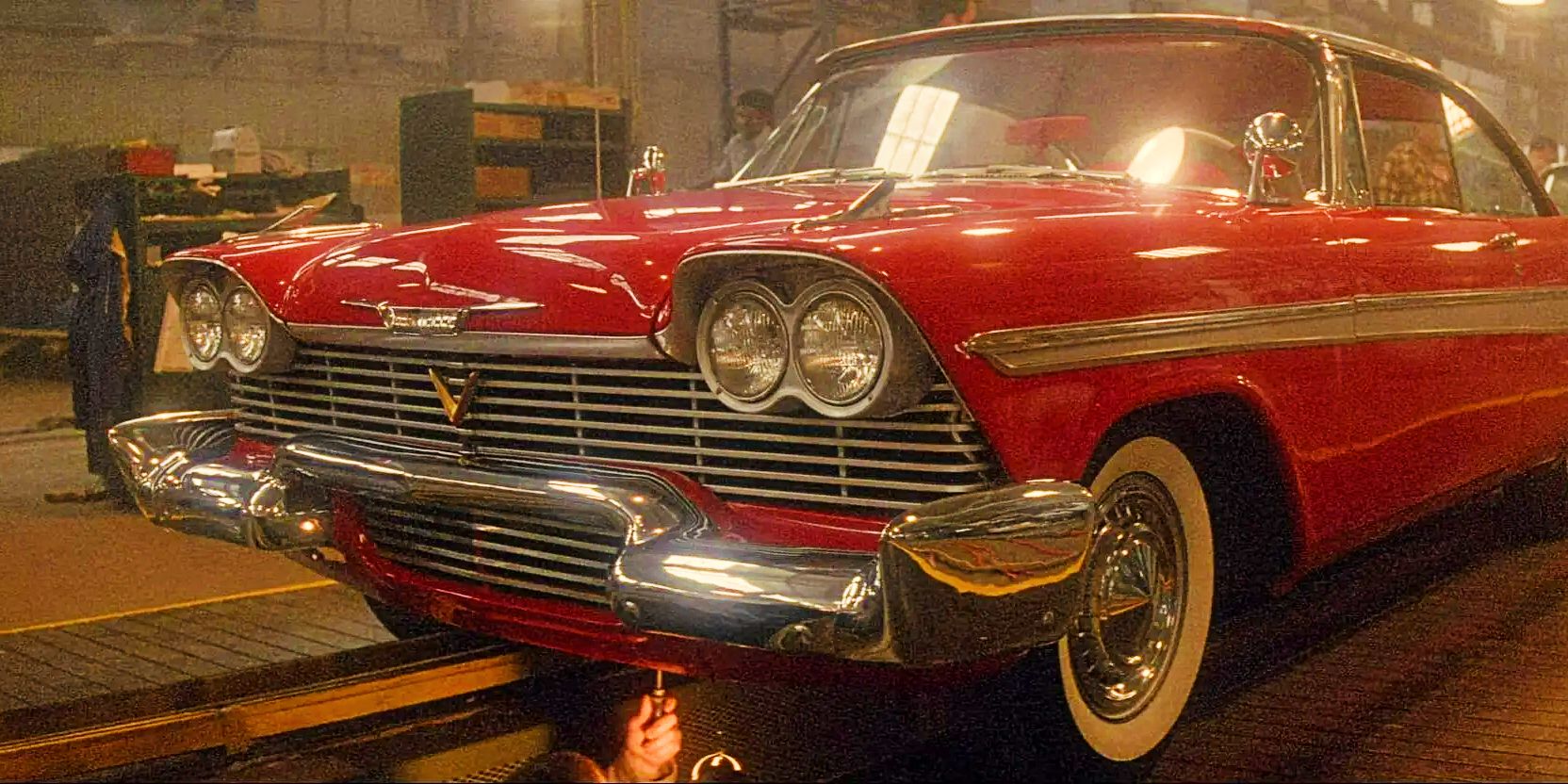
Christine’s entire story is about the ways that adolescence changes one’s personality and the movie leans into the perils of getting caught up in the pursuit of fancy material goods like a muscle car over valuing friendships and human relationships. Arnie’s failure to appreciate his friendship with Dennis and his unfair suspicion toward Leigh make him seek solace in Christine, drawing him further from his loved ones. Even if his car was supernatural, Arnie would already be abandoning good friends in favor of a status symbol. Christine’s brutal ending allows the Stephen King adaptation to show how this path can lead to horror and death.
How The Christine Ending Was Received
The Final Scenes Were Simple Yet Effective
Overall, Christine was received well by critics and audiences, even though it's not quite considered among the best Stephen King adaptations ever. The 1983 film from director John Carpenter currently sits on Rotten Tomatoes with a 72% audience score and 64% audience score - definitely commendable, but nowhere near the heights achieved by many other Stephen King movies or Carpenter's classic movies like The Thing.
The ending to Christine does factor into some of the reviews, both positive and negative, though rarely in a way that singles out the final scenes as the part of the movie that made it so memorable (or, on the other hand, an aspect that significantly diminished enjoyment). As with the source material, much of praise of Christine is given to the concept itself, which in the movie's case also means how Carpenter brought the titular demonic car to life.
Writing for the Chicago Sun, critic Roger Ebert explained that the ending of Christine didn't matter too much, as ultimately it's an easy-watch horror whose plot (and the resolution of it) is secondary to its tone:
"By the end of the movie, Christine has developed such a formidable personality that we are actually taking sides during its duel with a bulldozer. This is the kind of movie where you walk out with a silly grin, get in your car, and lay rubber halfway down the Eisenhower."
Christine, whether on the screen or the page, isn't a particularly deep or complex story. Audiences and readers both are left free to bask in the novelty of the concept of an evil car. The final moments may have been relatively thin in terms of any significant story twists or last-minute game changing plot developments, but had the final scenes of Christine been deep or complex they would have missed the point of why viewers wanted to watch in the first place.









 English (US) ·
English (US) ·